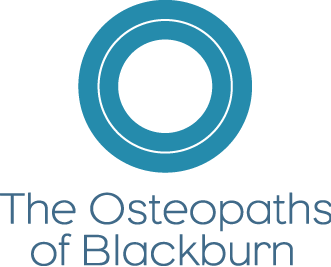Sciatica?
It’s a term we’ve all heard, a pain many of us have suffered and a nuisance that many people put up with on a daily basis.
Sciatica is not a condition or a disease, rather it is a term used to describe the symptoms of leg pain and possibly tingling, numbness or weakness that travels from the low back through the buttock and down the large sciatic nerve in the back of the leg. The pain may be anything from a dull ache to a sharp, burning sensation or excruciating discomfort. Sometimes it may feel like a jolt or electric shock. Sciatic pain often starts gradually and intensifies over time and it may be aggravated when you cough or sneeze, and after prolonged sitting or walking. More commonly than not it occurs unilaterally (one-sided).
Causes
It is important to understand the distinction between the symptom and the cause of sciatica, as it is the underlying cause or irritant that needs to be treated in order to relieve the nerve related pain. One of the most common causes of sciatica is a lumbar (lower back) disc bulge. This occurs when part of the disc begins to protrude and press on to a nerve root exiting the vertebral column, sending pain along that nerve root to the back, buttock and/or leg. Depending on the site of the nerve impingement, you may also experience numbness, tingling or weakness. Some other causes of sciatic type pain are spinal canal stenosis (narrowing of the spinal canal), joint strain or a “pinched” (entrapped) nerve.
Certain factors can contribute to your likelihood of developing Sciatic type pain, such as:
- Age – age related change or deterioration of the disc as well as osteoarthritis;
- Occupation – labour intensive careers that involve lifting under load, especially with twisting involved. Sitting for long periods of time (eg. Driving a car or truck) can also increase the risk;
- Sedentary lifestyle – lack of exercise or prolonged periods of inactivity.
Treatment
Treatment of sciatic pain depends largely on the diagnosis. Depending on the severity of the symptoms or the possible presence of a disc lesion, treatment is aimed at decreasing the presence of the irritant on the nerve, but, as with all Osteopathic treatment, is best judged on an individual basis, rather than following a “recipe book” for treatment.
Often sciatica is the end symptom of a long term strain or imbalance through the lower back. Obviously the dramatic nature of the symptoms drives people to seek out appropriate Osteopathic treatment.
If you have any further questions please feel free to contact the clinic to speak to one of the Osteopaths about your condition.
